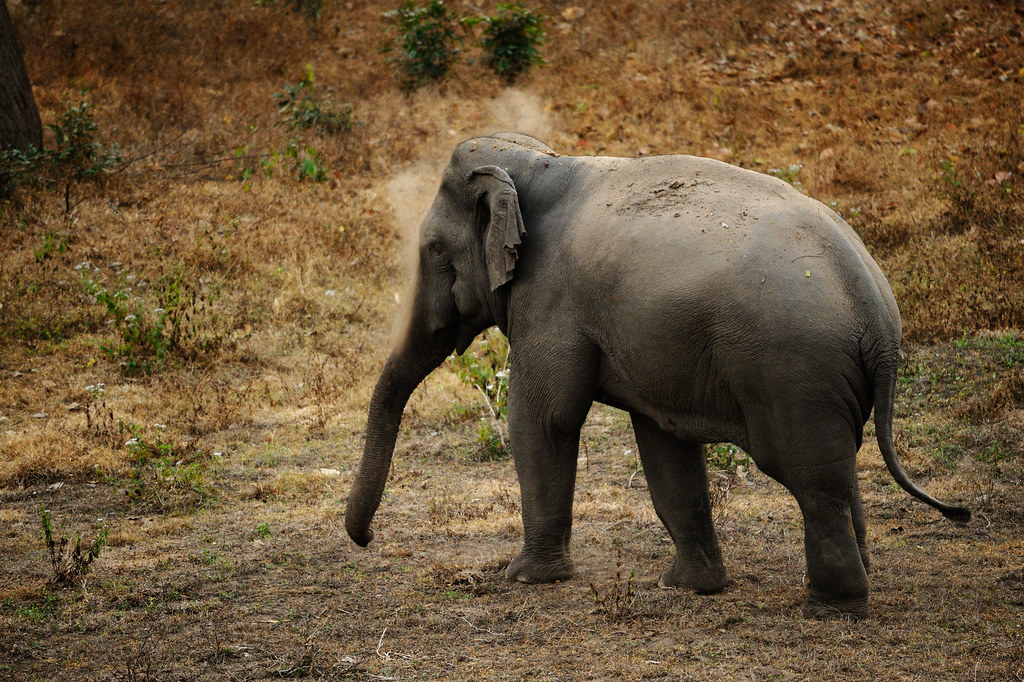Previously published December 7, 2021.
For many centuries, big game hunters have specifically targeted elephants for their prized ivory tusks. In Mozambique, this hunting escalated in 1977, during the Mozambican Civil War, during which soldiers hunted elephants both for food and tusks. Eventually, scientists would discover the surprising effect of this development on elephants.
In the form of videos and pictures, recent evidence shows that more and more female elephants are being born without tusks. Since the tuskless trait is heritable, this rise is most likely the effect of increased ivory hunting, eliminating many elephants with tusks but not as many tuskless ones. Notably, this trend of missing tusks has not affected males as severely, its largest impact being smaller tusks rather than missing ones.
Scientists have also found the cause of this mutation, a fault in the AMELX gene in the X chromosome. This explanation also accounts for the curious imperviousness of male elephants, who only have one gene. If a male elephant had a mutated AMELX gene, it most likely means that other, far more important, genes in the X chromosome have been messed up, meaning the male elephant is doomed. Female elephants have two X chromosomes, allowing mutated females to still survive.
Scientists have seen this swift evolutionary development previously in smaller, faster-growing animals, such as crickets and lizards, but these effects in long-lived, slow-breeding animals such as elephants have never been observed to evolve in such a short period of time (about 15 years). Observations of rapid evolution in elephants serve as further proof of the power of human whims on nature.
While it may seem like a positive development, making elephants less appealing to hunters, going tuskless isn’t all sunshine and roses. Besides looking nice and satisfying human superstitions, elephant tusks serve many practical purposes. Elephants use their tusks to change their environment, tearing down trees, and moving dirt, serving as an integral part of an elephant’s survival toolkit. Other animals also rely on the terraforming of elephants, such as small lizards in the savannah, who live in the ruins of trees toppled by elephants. An increased number of tuskless elephants would not only harm the elephant population, but all other animals that depend on them, thus serving to destroy the ecosystem. In addition, since male elephants can’t be tuskless but females can be, many experts hypothesize that poachers will focus more on male elephants, potentially putting elephants in even more peril.














![Teacher [Milk] Tea: Part 2](https://bisvquill.com/wp-content/uploads/2024/03/Screen-Shot-2024-03-19-at-9.28.48-PM.png)
![Teacher [Milk] Tea: Part 1](https://bisvquill.com/wp-content/uploads/2024/03/milk-tea.png)







































